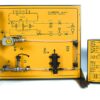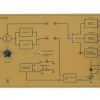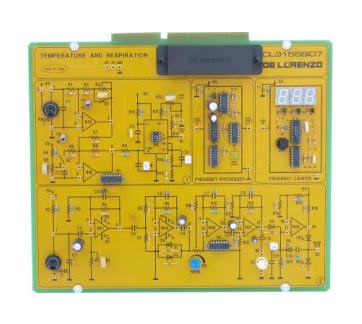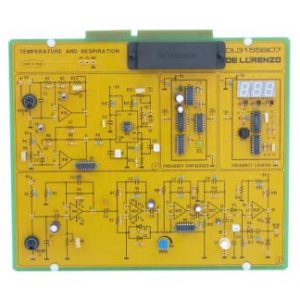Theoretical topics:
• Anatomy of the respiratory airways or tracts
• Measurement of the body temperature
• Temperature sensors
• Temperature meter
• Measurement of the respiratory frequency
Circuit blocks:
• Variation of the temperatures on the surface of the body
• Advantages of the use of the electronic instrumentation with respect to the classic mercury thermometers for the measurement of the temperature
• Main functions of the breathing system
• Breathing frequency while relaxing and while exercising This board does not substitute the medical device under study. The results of the experiments have no medical value. They are just for demonstration purposes.
TEMPERATURE AND RESPIRATION
The temperature of the body is mainly regulated by the hypothalamus.
This region of the brain regulates the homeostatic mechanism that promotes both the production and the loss of heat.
In spite of the changes in the environmental conditions, the hypothalamus keeps constant the internal temperature.
Moreover, the external temperature of the skin is controlled by both the hypothalamus and the thermal sensors that cause both the afflux of blood to the skin and the perspiration. The breathing system transfers the oxygen to the blood and expels the carbon dioxide in the atmosphere. The breathing frequency can be calculated by measuring the expansion or the contraction of the chest and also by measuring the movement of air that enters and exits from one nostril.

















